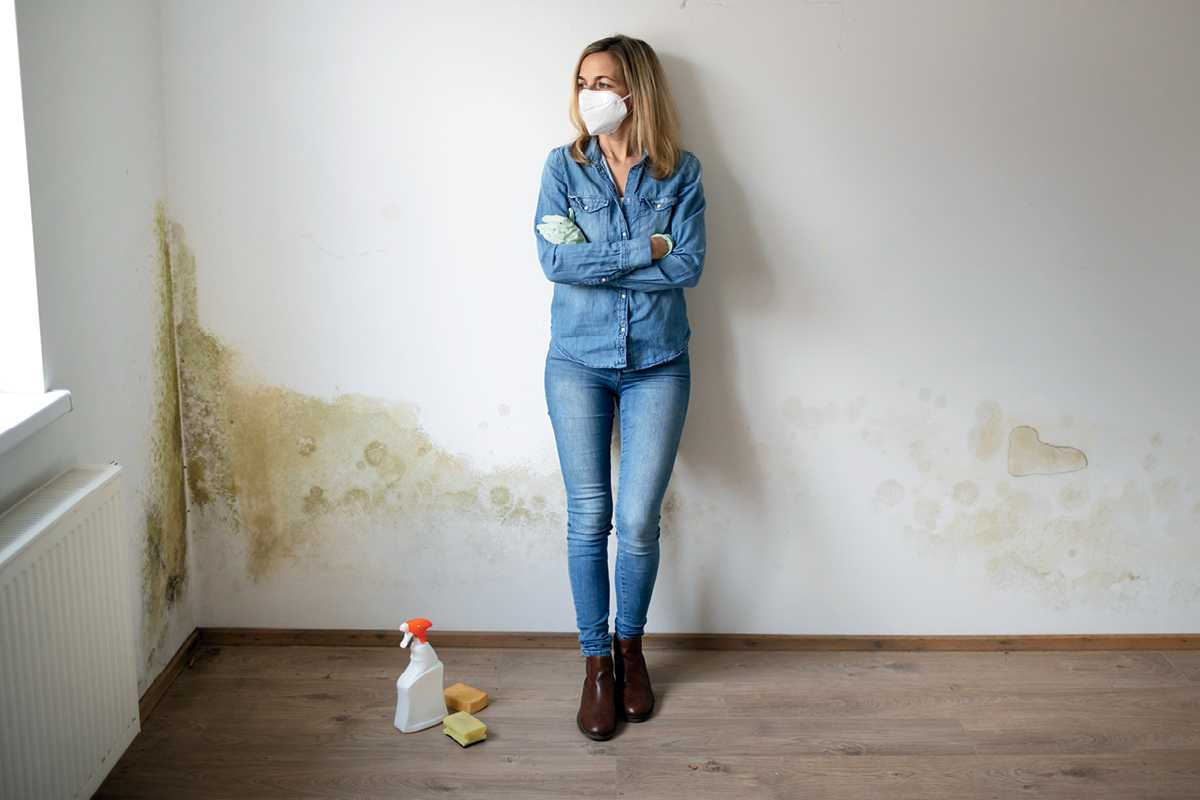
Don’t dampen the value of your property
Damp, mouldy homes aren’t just undesirable to live in; they could have you spending more money on basic upkeep and see you lose money on your investment.
28 June 2023
We’ve all seen the news stories about damp properties where dampness has caused mould build-up and sickness for the tenants, especially children. However, dampness can also ruin the structure of a home, cause problems with walls, carpets, ceilings, furnishings and even foundations. Nobody wants a damp home and nobody wants a damp investment.
Damp, mouldy homes aren’t just undesirable to live in; they could have you spending more money on basic upkeep and see you lose money on your investment.
The Healthy Homes ventilation standard has been put in place to address the damp issue in New Zealand housing. Depending on the age of the property and when the tenancy agreement renews, all rental properties must comply with these standards from July 1, 2025, or 90 days from a new or renewing tenancy agreement. So, if your new investment property (or existing property, with the agreement renewing since July 1, 2021) has not had a Healthy Homes inspection, now is the time to ensure these standards are being met.
Dampness and mould can build up in bathrooms, window frames, around cooking and washing facilities in the kitchen. But even walls can attract condensation in the winter if the home is not properly ventilated.

Even walls can attract a dampness problem, in winter, where homes aren’t properly ventilated.
Ventilation the key
The Healthy Homes standards stipulate that all rental homes must have windows that open in the living rooms, dining rooms, kitchen and bedrooms, as well as extractor fans in the kitchen and bathrooms or acceptable continuous mechanical ventilation systems.
Kitchens require new fans or rangehoods installed after July 1, 2019 to have a minimum diameter (including ducting) of 150mm, or an exhaust capacity of at least 50 litres per second.
Bathrooms require new fans installed after July 1, 2019 to have a minimum diameter (including ducting) of 120mm, or an exhaust capacity of at least 25 litres per second.
Rangehood costs vary depending on the external structure of the house and will cost upwards of about $300 to purchase, plus installation costs, which start at about $350.
Extractors for bathrooms generally cost a minimum of about $150, including installation kit. Installation costs will depend on several factors such as the exterior material of the house, roof access and how many levels the house has. Cement, brick or window installation will generally cost more as they are more expensive to cut through.
The other option is to use a company that sells and installs these for one overall fee. The approximate cost for installing either a kitchen or bathroom extractor to meet Healthy Homes standards is around $1,200-$1,300, plus $200 if there is glass cutting.

Rangehood costs vary depending on the external structure of your property – $300+ to purchase and $350+ for installation.
Plenty of choice
Mechanical ventilation systems aren’t mandatory in order to meet Healthy Homes standards, but can be useful for keeping homes clean and dry. The benefits of a mechanical ventilation system include eliminating condensation, dampness and mould, and they can also eliminate the risk of damage to the structure of a building. There are four types of mechanical ventilation system, each with their own advantages and suitability for your specific property.
• MVHR - mechanical ventilation heat recovery system: Can recover up to 90 per cent of heat which would normally be lost and save money on energy bills.
• C-MEV - centralised mechanical extraction system, most commonly known as mechanical extraction ventilation (MEV): More efficient and has separate fans in each room. More beneficial than fans as they do not create air leakage, heat loss or drafts.
• D-MEV - decentralised mechanical extraction system: Low energy systems which work continuously to draw moisture out of bathrooms.
• PIV - positive input ventilation system: Redistributes trapped heat from the roof void Helps to eliminate condensation build-up Improves air quality by distributing filtered air through the property.
Tenants need to be made aware of and schooled up on the best way to use these systems so they can keep condensation from building up and reduce dampness or mould.
Several companies offer quotes, advice and full installation of extractor units and home ventilation systems. However, you would be looking at upwards of $2,000 to have one installed.
As with heating, the choice of ventilation options within your rental property will come down to climate, what type of property it is, and your personal budget for complying with the standards and keeping your property well maintained


